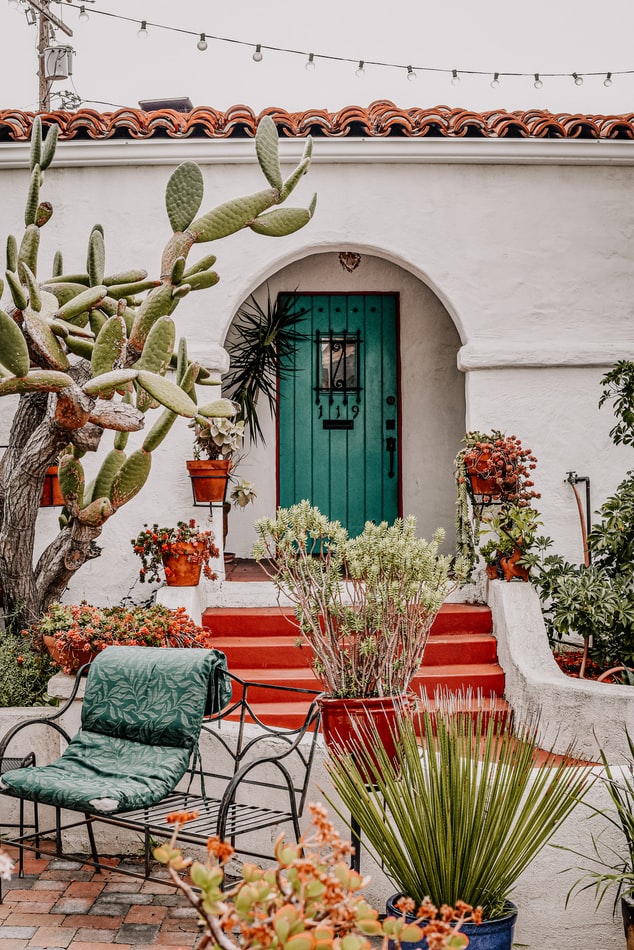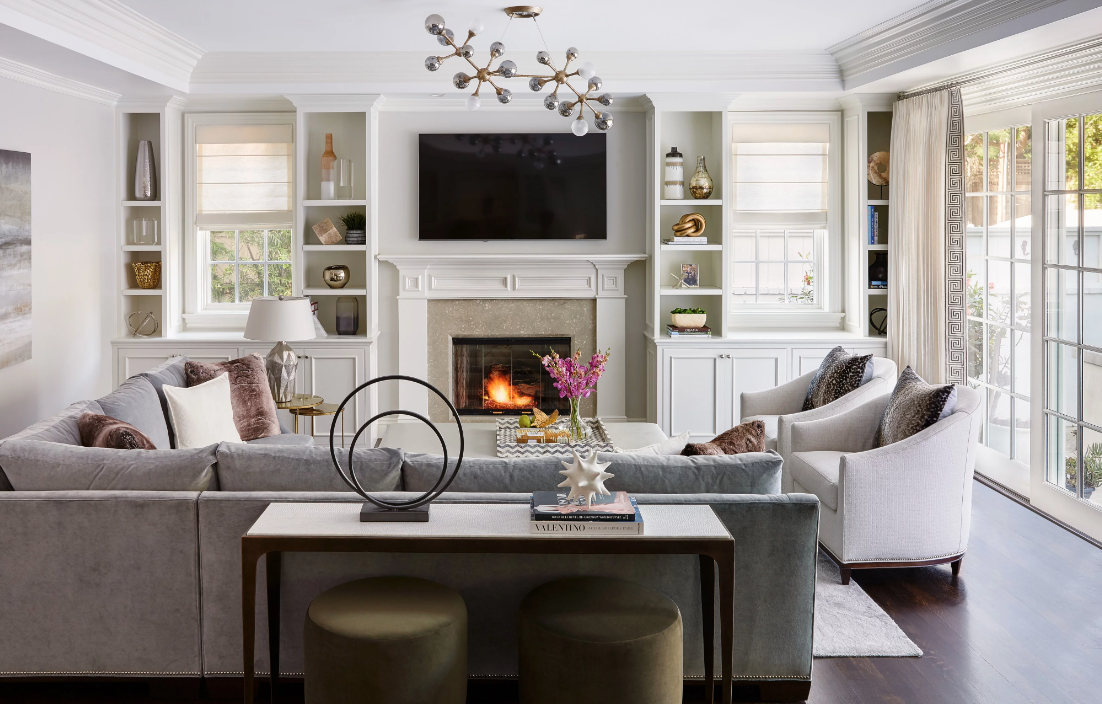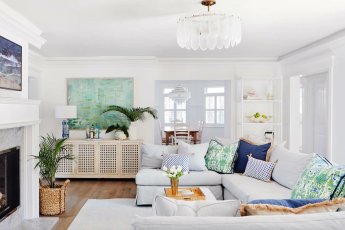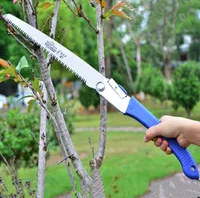5 Tips for Hobby Painters
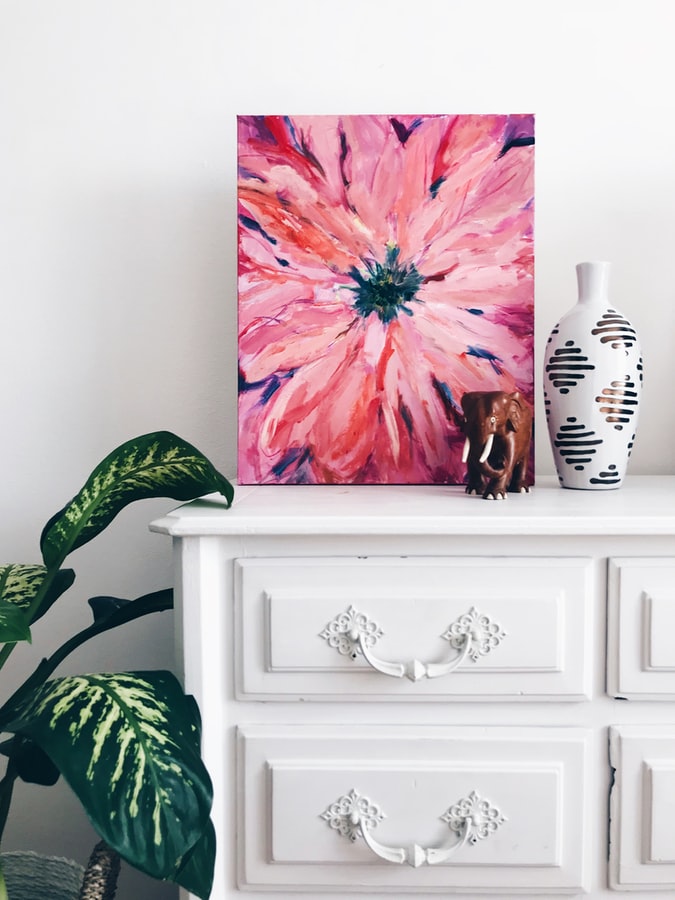
Thinking of painting something memorable for your home? Here are some tips to create beautiful artwork that will change the look of your space!

You have probably thought about painting as something really nice to do and it is. Most people do it for fun and find it soothing. You will deal with colors and strokes without any worries. You do not need to be very skilled in painting to enjoy it, you just need to get started and keep at it. Making some small changes in what you do can make your painting experience even better. In this article, you will find five tips for hobby painters that are easy and straightforward. These tips will inspire you and make painting something you look forward to.
1. Set Up a Friendly Workspace
When painting in your home, the place must be comfortable with less risk. Select a room that has a lot of light, such that you can clearly observe everything, but does not possess massive glare. Get a comfortable chair such as a stool or an easel which may be used to sit or stand. Be comfortable using cushions or mats. The simplest method to make your workplace clean is to apply plastic capings on the table and the floor, cardboard, or even cloth cloths. Ensure you have your tools around you such as paints, water, rag, and brushes. A trash can is a must to throw away everything immediately without thinking. Make a spot for cleaning, so you can clean up and transition to another task without losing any time.
2. Choose and Care for Basic Supplies
You do not need numerous expensive supplies to paint nicely; start with just a few good tools and care for them. It is better to begin with a small set of acrylic paints because they dry fast and are easy to control. Include some blue acrylic paints with the rest, they will enable you to make fantastic colors such as green and purple. Experiment with brushes; simply use flat, round and filbert along with different strokes and marks. Take time to clean your palette whenever possible because it will aid in ensuring that the colors are not muddy. After the painting session, always store the brushes and other tools as per the instructions. This will allow you to enjoy painting for many more years to come.
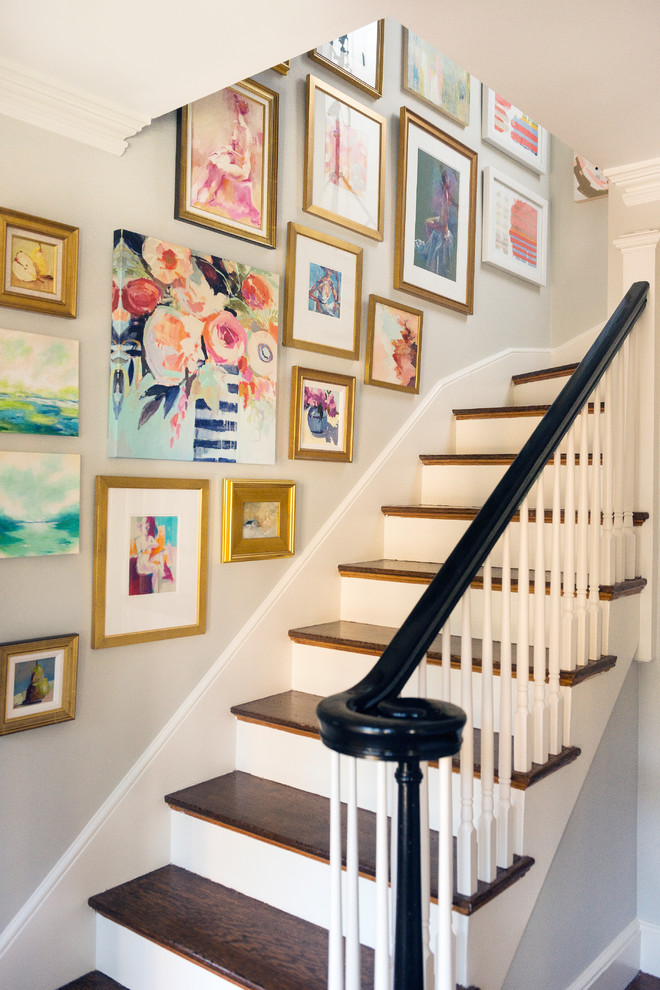
3. Learn Simple Color Mixing and Palettes
The secret to more vibrant paintings rests with the smart use of color mixing. Initially, learn about the main colors such as the pure red, blue, and yellow colors, secondary colors such as green or purple and orange generated when the colors are combined. Along with this you should be able to prepare a tint by adding white to brighten and a shade by adding dark to darken. Prepare a miniature self made paint palette which has colors that you use regularly. A good practice is to spare some time to test the colors and even note down some of the custom mixes you like, so you can remember them later. You do not have to waste the leftover paint. Learn to use it too since it will help you see how different colors appear next to one another.
4. Practice Easy Techniques Step by Step
In order to improve your skills, it is best to practice small techniques one by one. In the beginning, it could be a good idea to use strokes that are broad and then use smaller strokes to add details. Try techniques like blending by overlapping colors or layering – it is simply letting one layer of paint dry before putting another coat. A nice way to practice is dry brushing and wet-on-wet methods, which give fun textures. You can also reproduce fast studies with the help of photographs or simple objects to sharpen your observation. Start every session with a simple warming exercise to get your hands and your mind ready for painting.
5. Finish, Protect, and Learn from Each Piece
The last touches on your painting are very important, so let your work fully dry and always take care of it. After it dries, you may make use of varnish or fixatives. They will help in giving your work more durability and help the colors become more lively. Always snap pictures of all completed works so you get to notice how you have been passing from one work to the other. Reflect on what went well and what you would like to do in the next session after every session. Showing your piece to a friend or a local group can simply provide you with useful feedback and assistance in your artistic growth. Each painting means a lot and when you follow it up, it will be a part of building your artistic skills.
Conclusion
Being a hobby painter is about regular practice and making small improvements. These will bring you peace of mind and enhance your painting. Setting up your workspace will make you feel better about painting, and using the proper supplies will create better pieces. In addition, mixing colours and applying new techniques will make your work bolder and simplistic. In fact, saving all your pieces and noting progress will finish the work and show how you are growing as an artist.


